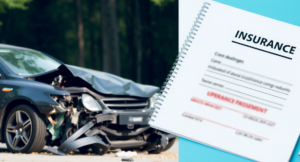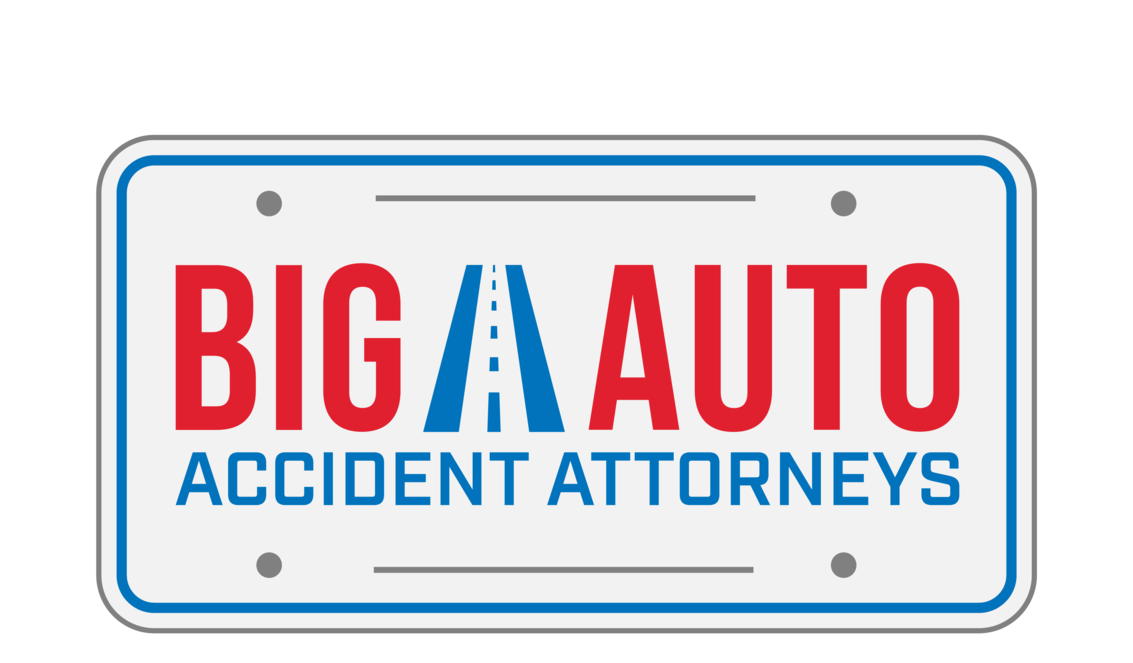Can I Still Recover Damages If I Am Partially At Fault For The Accident?
FREE CASE REVIEW
After a car accident, it’s common to wonder if sharing some of the blame means you lose out on the compensation you deserve. The good news is that, even if you played a part in causing the accident, you can still recover damages. Let’s explore how you can maximize your recovery, even when you may share some of the fault.
Fault in Shared Liability Accidents
In many states, including the at-fault state Arizona, the responsibility for an accident is divided among everyone involved. In these situations, a percentage of fault is assigned to each party based on how much they contributed to an accident.
A percentage of fault is assigned to each party based on their contribution to the car accident.
Can I Still Sue If I’m 50 Percent At Fault?
Under Arizona law, you’re allowed to seek compensatory damages even if you were as much as 99 percent at fault. However, the final amount will be reduced by your share of the responsibility. For example, if you are deemed 50 percent responsible, you would recover only 50 percent of the total damages available.
Negligence in Shared Liability Accidents
It’s important to note that negligence and fault aren’t exactly the same thing — they work together to establish liability. Negligence means failing to uphold your legal duty (like not acting with reasonable care), while causation links that failure directly to the car accident and injury.
Simply put, if your actions (or inactions) were the direct cause of your injuries or accident, then that aspect of negligence will lower your recovery proportionally.
Fault, on the other hand, combines negligence with causation, meaning a party’s lack of care directly resulted in the auto accident. For example, if someone is texting while driving and causes a crash, that person’s negligence, combined with the fact that this behavior directly led to the harm, establishes his or her fault.
Arizona’s Pure Comparative Negligence System
Arizona follows the rule of pure comparative negligence. Pure comparative negligence is a sliding‑scale system, where the damages you can be awarded are lowered based on the percentage of fault attributed to you.
Under the pure comparative negligence system in Arizona, there is no liability threshold. In other words, even if you shared 99 percent of fault for what happened, you can still receive 1 percent of damages.
What Damages Can I Recover If I Share Fault?
“Damages” is an umbrella term for all harms or losses resulting from an accident. They can be divided into two broad categories: economic damages and non-economic damages.
Economic damages cover tangible losses such as medical bills, lost wages, and property damage. Non-economic damages address less tangible issues like pain and suffering, emotional distress, and loss of enjoyment of life.
Whether it’s physical pain or financial setbacks, both economic and non-economic damages can be recovered, albeit reduced by your share of fault.
Establishing Negligence and Assigning Fault
The following needs to be proven to establish the other party’s negligence:
- The defendant owed you a duty of care: A “duty of care” means the other driver or entity had a responsibility to act in a way that showed regard — or care — for your safety and well-being.
- The other party neglected this duty (breach of duty): You need to show that the other party “breached” or failed to uphold his or her legal obligation to act in a safe, responsible manner. For example, driving drunk, texting while driving, filming social media content while driving, or speeding down a residential street shows that a person does not care about the safety of other people. Such careless or intentional disregard for the well-being of others would be considered a “breach of duty.”
- The other party’s carelessness or intentional actions caused you harm: There needs to be convincing evidence that the other person’s careless, negligent behavior was the direct cause of your harm or losses.
- You suffered injury as a result of his or her actions: To successfully establish a negligence claim and hold the other party at fault, it must be shown that you endured economic and/or non-economic damages.
Insurance Company Tactics to Increase Your Fault
Notifying your insurance and other relevant parties promptly is crucial. However, it is advisable to consult a personal injury attorney before communicating with an insurance adjuster. Even replying “I’m doing well” to a simple greeting like “Hi, how are you?” could be twisted and used against you.
Insurance adjusters are trained to gather information that may shift a greater share of the fault onto you.
These are just a few of the tactics used to reduce your potential recovery:
- Mischaracterizing the facts or exaggerating your degree of negligence
- Emphasizing minor errors or inconsistencies in your account
- Downplaying your injuries
- Selectively highlighting aspects of the accident that suggest negligence on your part
- Questioning or twisting your account of events
- Focusing on evidence that supports the adjuster’s initial assumption of your fault.
- Relying heavily on early statements or impressions
- Selective reporting and ignoring evidence that could mitigate your degree of fault
Factors That Can Influence Damage Recovery
There are exceptions that might bar or limit a plaintiff’s or defendant’s ability to recover damages even if he or she were only partially at fault.
The primary exceptions are gross or wanton negligence:
- The auto accident resulted in injury and death
- Your actions contributed to the accident or harm done
- What you did is deemed intentional, willful, and wanton
Ordinary negligence is non-habitual failure in your duty of care. This generally refers to unintentional carelessness, lapses in judgment, or non-malicious injury-causing actions.
However, when negligence is gross or wanton, it means a driver’s actions were so careless that he or she deviated significantly from accepted standards. For instance, driving under the influence, excessive speeding, or street racing are not just mistakes — these behaviors show a reckless disregard for the safety of others.
Why does this matter? Under Arizona law, if a liable party’s actions are found to be intentional, willful, or wanton, they may lose the right to claim reduced fault. In some cases, such behavior might even lead to punitive damages, which are intended to punish extreme, outrageous misconduct.
Insurance Negotiation Versus Litigation for Shared Fault Accidents
When dealing with a shared liability accident, one decision that often arises is whether to negotiate a quick settlement with the insurance company or pursue litigation for the full value of your damages.
A fast settlement might seem appealing because it promises quick relief, but it might not fully compensate you for your losses. On the other hand, filing a lawsuit can be a longer process, but it may result in a higher recovery if your case is robust.
Your attorney can help you evaluate the merits of each option. Sometimes, demonstrating that you’re willing to go to trial can motivate the insurance company to offer a more reasonable settlement.
Contact Big Auto Accident Attorneys to Maximize Your Compensation
Even if you share responsibility for a car accident, your route to recovery is very much alive. Partial fault doesn’t shut the door on compensation — it merely adjusts the final amount based on your share of the blame.
If this whole process feels overwhelming, remember you’re not alone. Just as you would seek a trusted friend’s advice in a tough situation, enlisting a seasoned personal injury attorney can make all the difference.
Big Auto Accident Attorneys stand ready to guide you through this challenging process. We’ll combine strategic legal skill with a national network of resources to ensure that every facet of your case is handled with precision and care.
We do not just settle — we win big. Contact us today to discuss your case and discover how we can help turn shared fault into a fair recovery. With the support of our experienced legal professionals, you can navigate the complexities of your claim with confidence.


